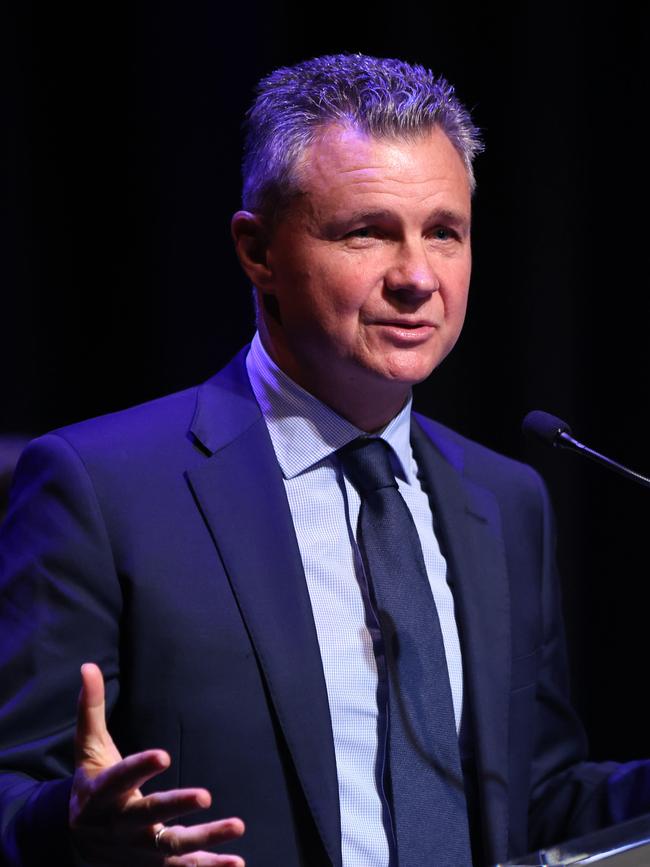Model for republic ready to debate when throne passes from Queen to Prince Charles

Two decades ago, Australia was at the forefront of former British colonies seeking to sever their links to the monarchy. The 1999 referendum was an opportunity to make the change. However, voters rejected the model put to them, despite polls showing majority support for a republic. Many voted no because they wanted a president chosen by the people rather than by parliament. In the years since, interest in a republic has waxed and waned. It is currently a second-order issue, with the government making clear that its priority for constitutional reform is an Indigenous voice to parliament.
This quiet period for republican debate in Australia will at some point abruptly end. Leaders across the political divide have stated repeatedly that the question of who should be our head of state will come to the fore when the throne passes from Queen Elizabeth II to her son Prince Charles. Australians will then naturally reassess their status as a monarchy and whether it is time to become a republic with an Australian head of state.

In the lead-up to the 1999 referendum and over the decades since, the debate has been led by the Australian Republican Movement. In the aftermath of the failed referendum, the ARM adopted a wait-and-see approach. It said the model for a republic should be left unresolved until Australians had their say through plebiscites. This became increasingly untenable. Supporting a process rather than an outcome left the ARM backing the abstract idea of a republic without being able to explain what the change would look like.
The ARM finally grasped the nettle in January this year by announcing its Australian Choice Model for an Australian republic. It proposes that our head of state be elected by the Australian people from a group of candidates nominated by the nation’s parliament. The ARM took its model one step further in April by releasing the full details of how the Constitution would be altered. This was developed in consultation with constitutional experts from across Australia, including myself.
A central question in drafting the ARM model is to define the powers of Australia’s head of state. This offers an opportunity to improve on our system of government. At present, the powers of the Governor-General as the Queen’s representative are vague and ill-defined. There is doubt about whether some powers even exist. The result is uncertainty about how the Governor-General should act in a crisis, which adds a dangerous and unstable element to our democracy.
The 1975 constitutional crisis is a case in point. Governor-General Sir John Kerr dismissed the Whitlam government after it failed to secure Senate support for its budget bills. Even today, there is deep divide on whether Kerr acted appropriately, or even if he had the power to dismiss the Prime Minister in the first place. There are other scenarios of this kind that could again leave the nation exposed in a political emergency requiring resolution by the Governor-General.
The ARM model improves on this by introducing clarity for the powers of Australia’s head of state. It says that the head of state must act on the advice of the prime minister, subject only to clear exceptions. One example is that the head of state can deny an election to a prime minister who has lost a no-confidence motion in the House of Representatives. Instead, the opposition leader must first be given the chance to govern. This applies the well-accepted rule that the prime minister can only govern if he or she retains the support of the lower house of parliament.
The result is an ARM model in which Australia’s head of state must win the support of both the people and the nation’s parliament, while providing greater certainty and security as to the powers that person can exercise. There is still room for refinement, but there is no doubting that the model is a welcome and timely contribution. It ensures that Australians have a fully realised proposal for a republic ready to debate when the reign of our monarch ends.
George Williams is a Deputy Vice-Chancellor and Professor of Law at the University of NSW.







The Queen’s Platinum Jubilee and Matt Thistlethwaite’s appointment as Assistant Minister for the Republic in the Albanese government has brought the future of the monarchy into sharper focus. Australians will not vote on a republic any time soon, but these events do mark the slow journey of the issue back to national prominence. This follows the path of other nations. Barbados became a republic last year, and Jamaica will remove the Queen as its head of state by 2025. New Zealand Prime Minister Jacinda Ardern also sees her nation one day becoming a republic.